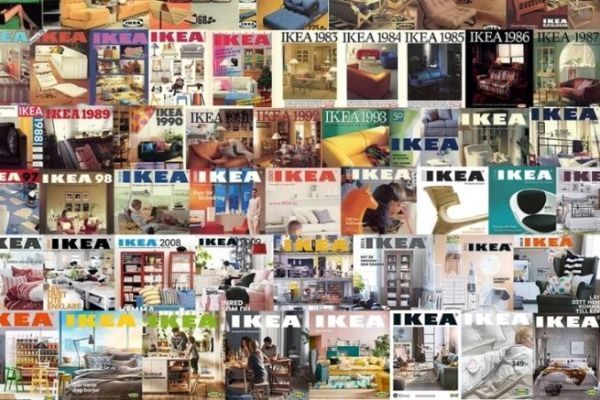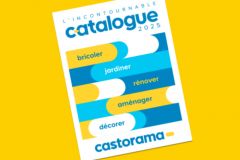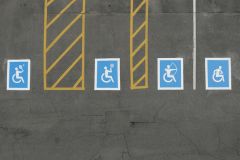Printed catalogs, once neglected, are back with a vengeance in 2024 for several major international brands. This resurgence, driven by the likes of Amazon, Ikea, Patagonia and J.Crew, underlines the strategic re-evaluation of print in an era dominated by digital. Through this comeback, brands are seeking to capture the attention of a diverse international audience and renew customer engagement. This trend has significant implications for print professionals worldwide.
Amazon, the world's leading e-commerce company, has made a surprising move with its end-of-year print campaign. This decision is aimed at capturing a customer base accustomed to physical experiences and in-store purchases. By publishing a paper catalog, Amazon aims to reinforce its anchorage in consumers' everyday lives and offer a more immersive experience, contrasting with traditional online purchasing. This return to paper also marks a recognition of the complementarity between digital and print channels in the multi-channel marketing strategy of major companies.
The American brand J.Crew, well known for its visual aesthetics, is relaunching its catalog at the request of its customers, reviving nostalgia for this medium. The reintroduction of the paper catalog is not limited to the domestic American market, but also extends to the international markets where the brand is present. This effort aims to reach a wider audience while renewing the emotional bond with its customers, especially those attached to the tactile and visual experience of print.
The Patagonia brand has redesigned its catalog to become a narrative tool focused on environmental commitment. This catalog model, transformed into a "newspaper" according to the brand, highlights the stories and values behind each product, with less emphasis on the commercial aspect. By relying on paper, Patagonia disseminates its ecological values internationally, while offering a tangible medium for raising sustainability awareness among its customers.
Swedish home furnishings giant IKEA has abandoned its classic catalog in 2020, but is exploring a more creative format with "Catalogue!!!", a kind of zine with playful, original content. Although not a traditional catalog, this hybrid medium reflects IKEA's desire to maintain its presence in the print world, relying on its international reach to reach diverse audiences with visually captivating and interactive content.
A study carried out by the Harvard Business Review in the United States showed that sending physical catalogs as a complement to e-mail increased sales by 24%, particularly among buyers accustomed to physical stores. This effect, observed mainly in North America, is also echoed in international markets, where print remains an effective vector for customer loyalty and engagement.
The return of printed catalogs in North America marks a redefinition of marketing practices within major brands, and presents interesting prospects for print professionals. In a market saturated by digital technology, the paper catalog is emerging as a strategic alternative for capturing attention and building customer loyalty.









